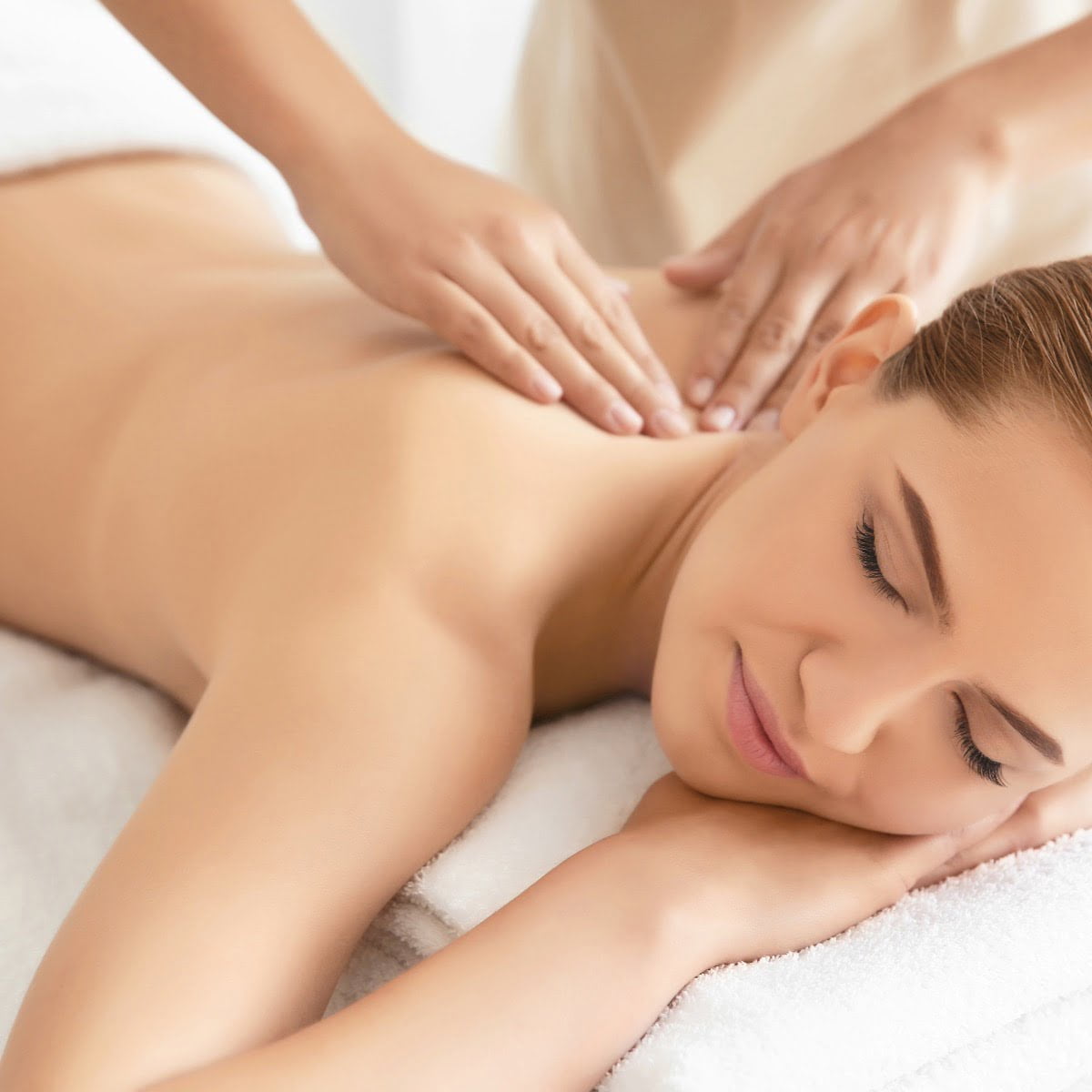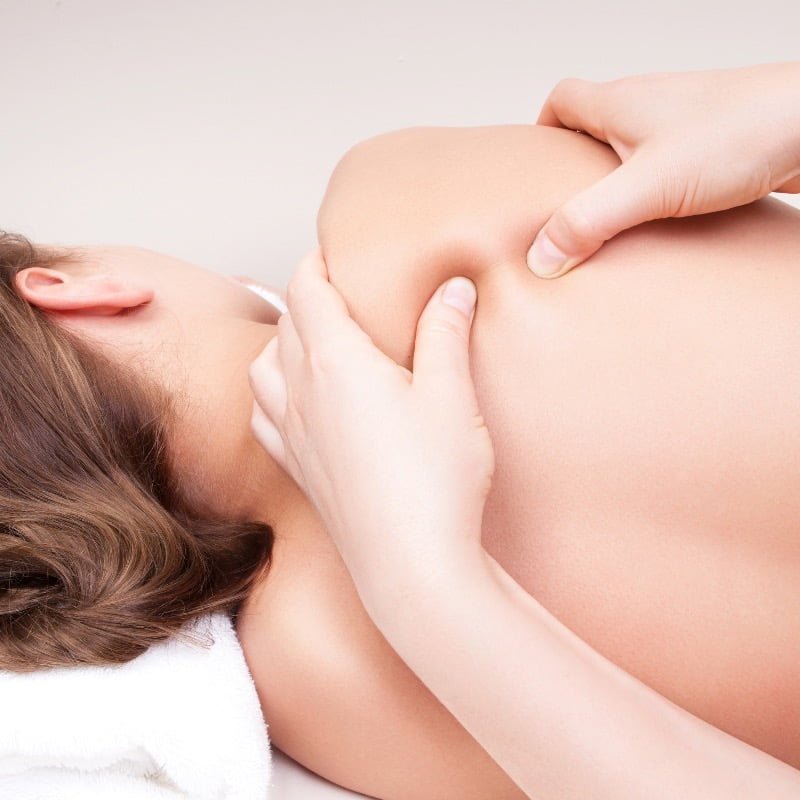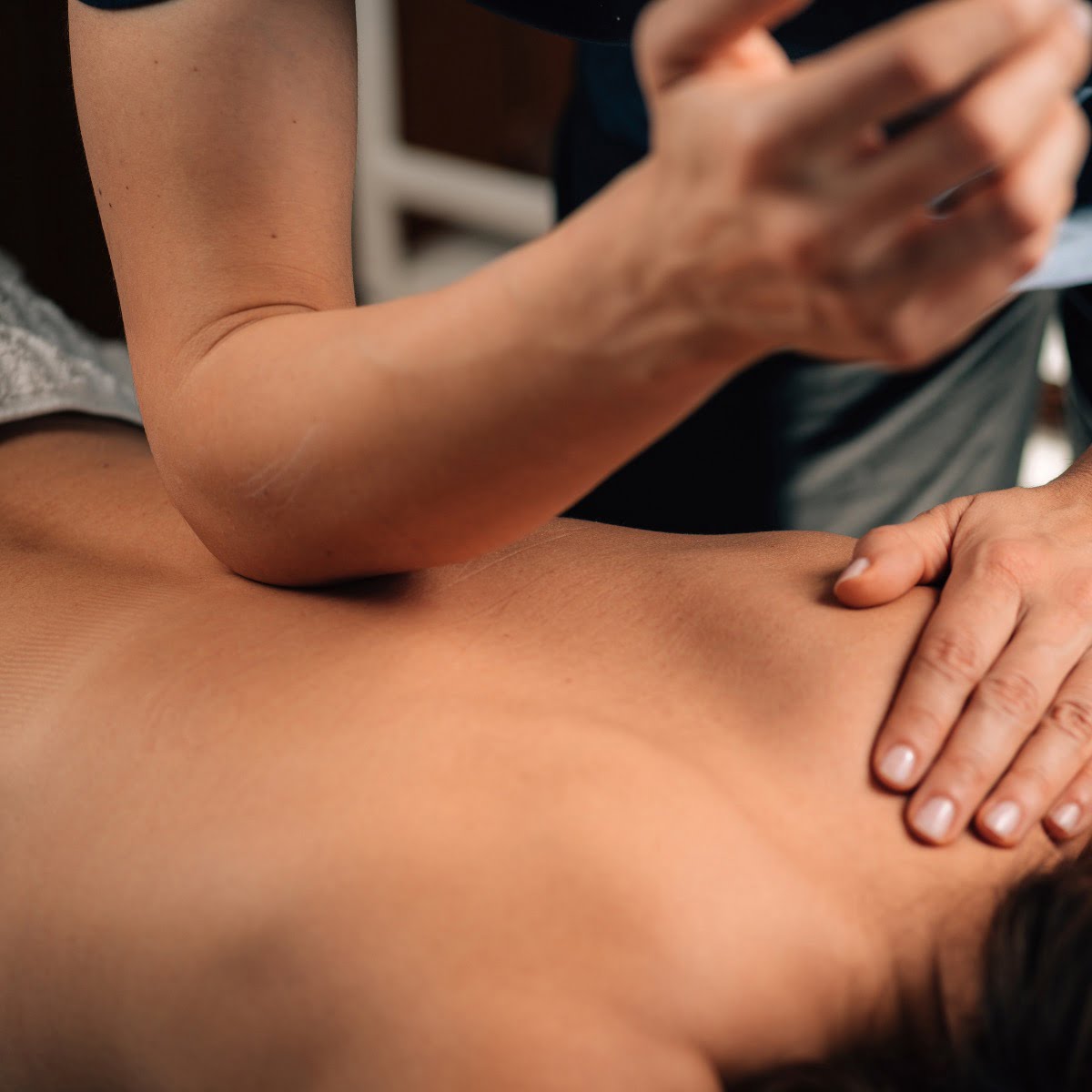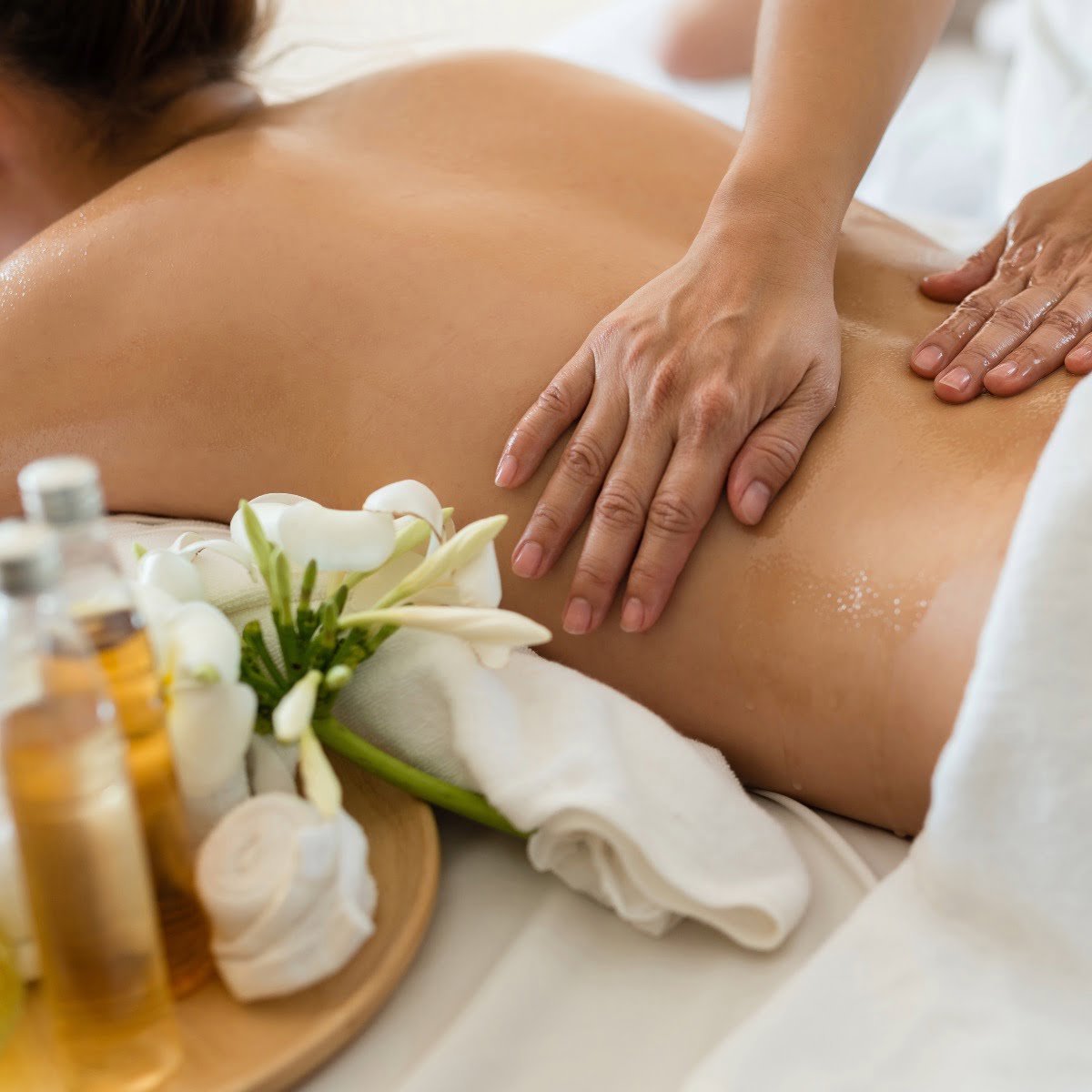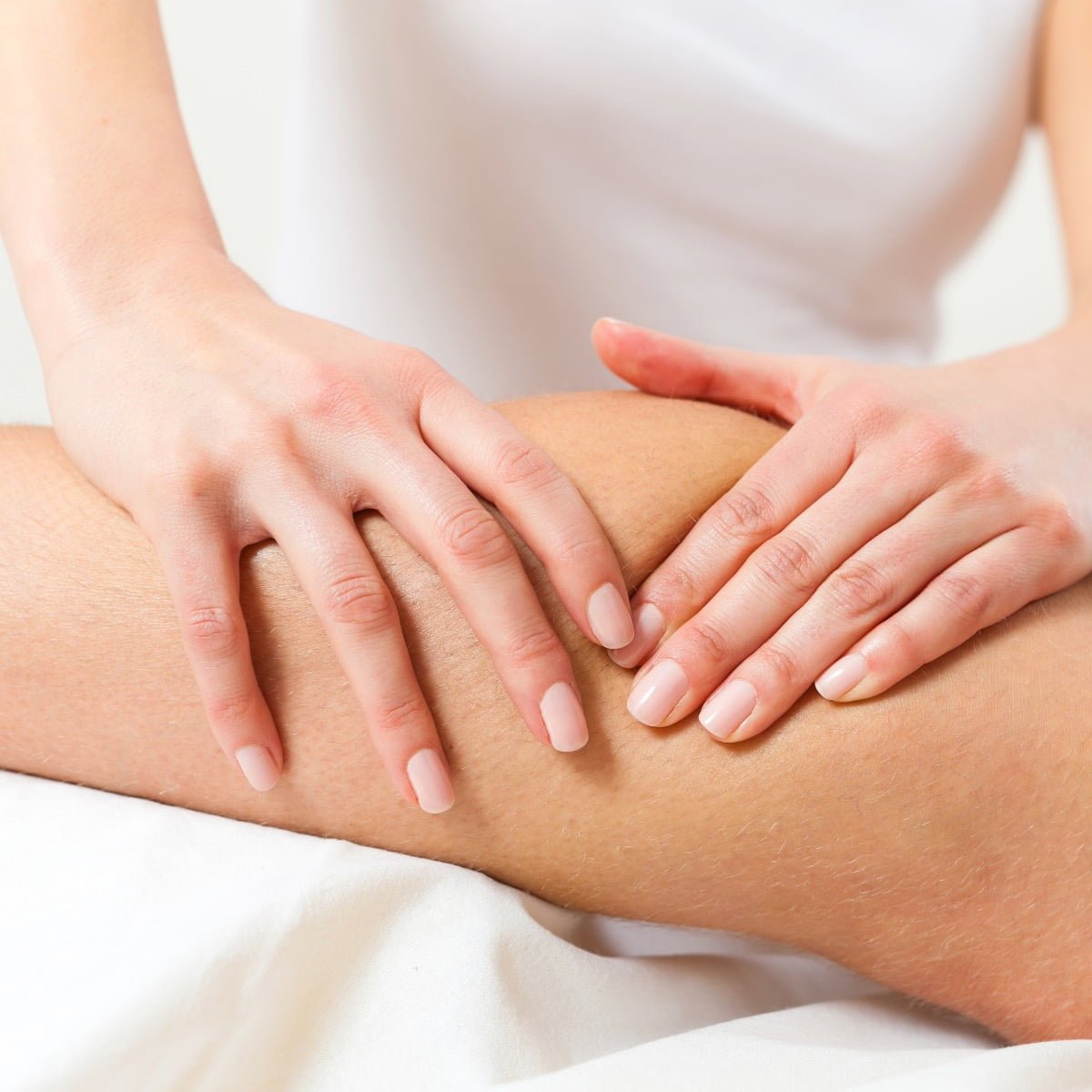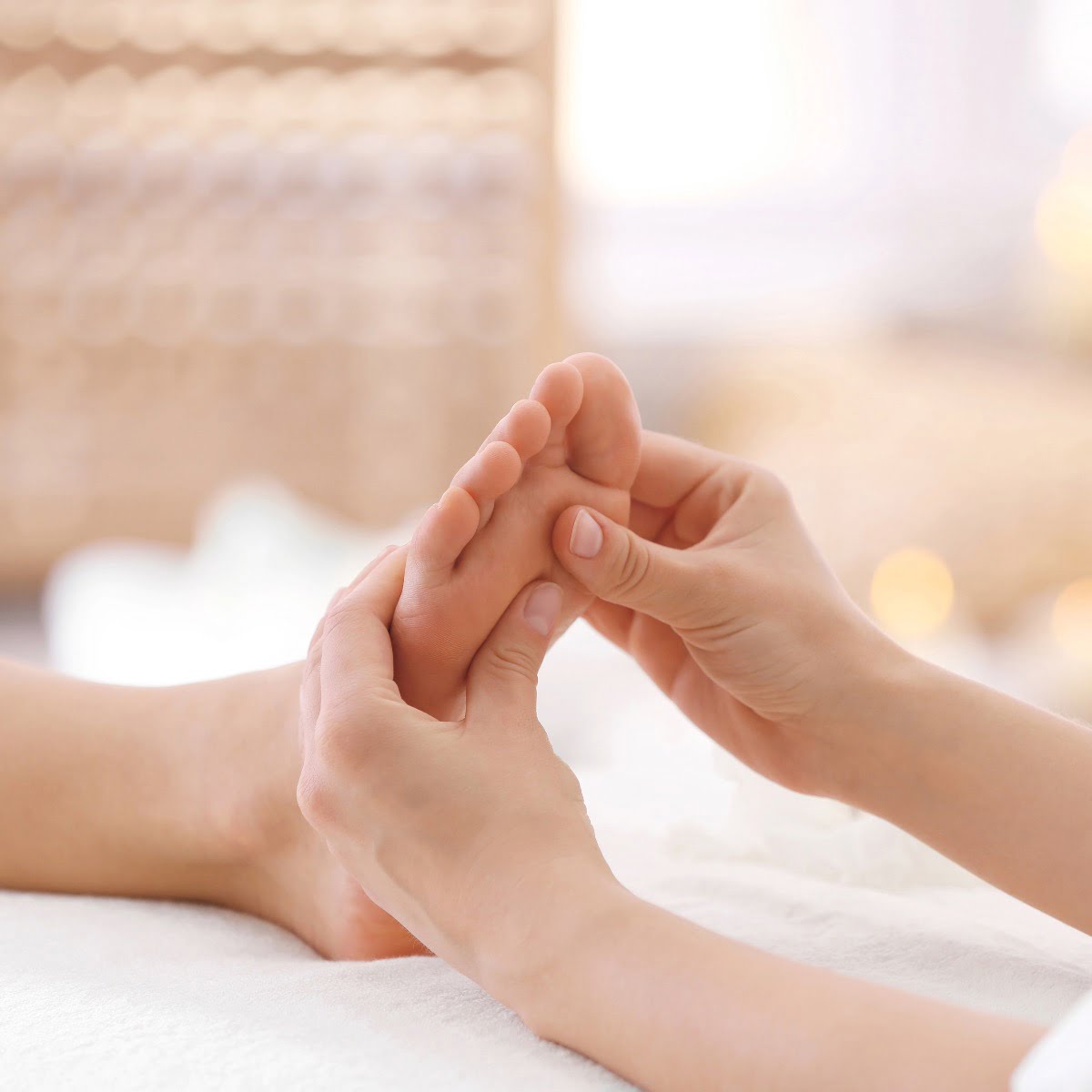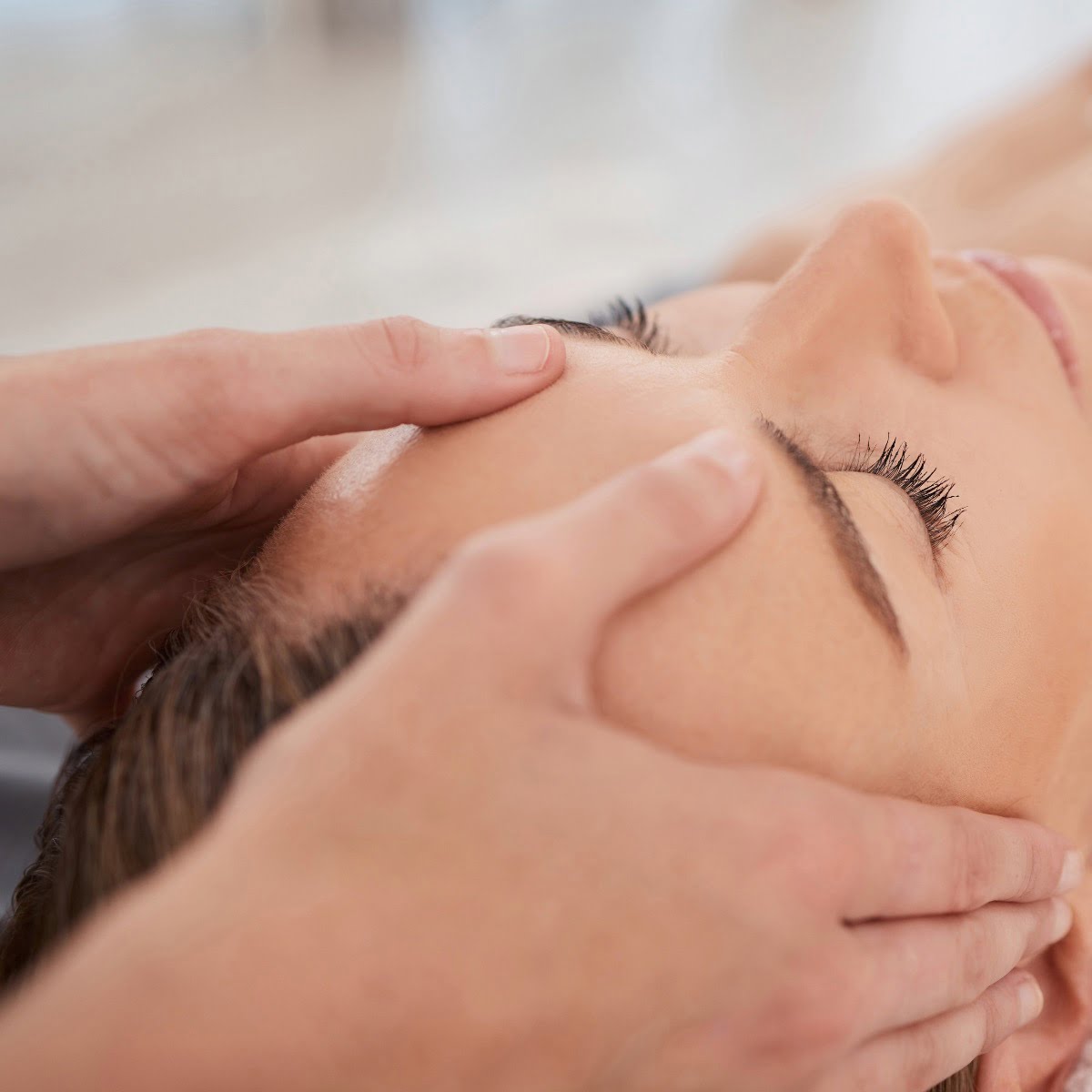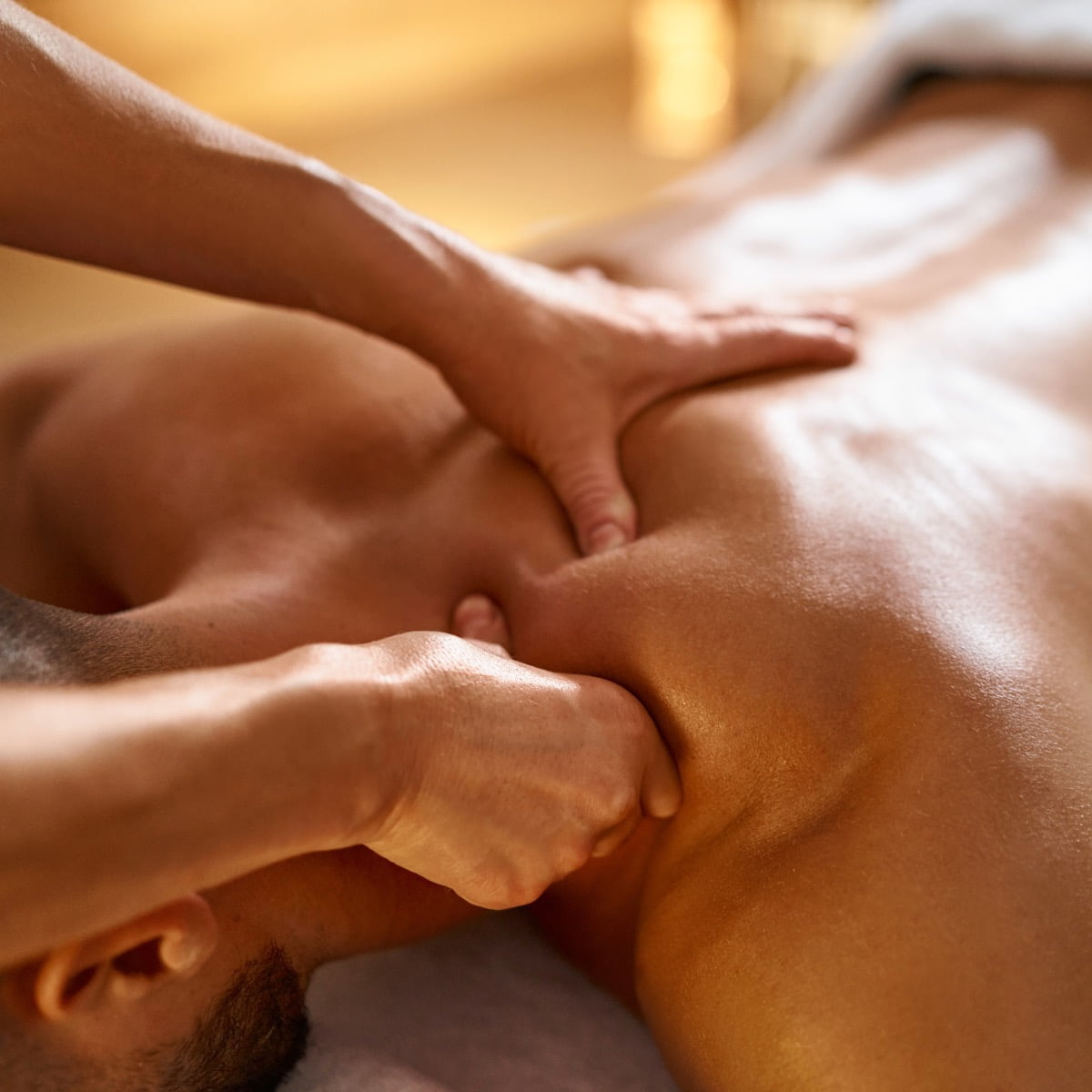Deep tissue massage is a form of massage therapy that employs substantial pressure. By combining deliberate slow strokes with pronounced finger pressure, the objective is to release tension and tightness deeply embedded in muscles and connective tissues.
Typically concentrating on primary areas of discomfort, such as the back, neck, shoulders, buttocks, and legs, deep tissue massage may also be applied to areas like the arms (e.g., for tennis elbow) or feet (e.g., for plantar fasciitis). The heightened pressure is effective in alleviating soreness or imbalances resulting from injury or tension. For those dealing with anxiety or stress, a deep tissue massage aids in releasing accumulated tension within the body.
A session of deep tissue massage typically lasts between 60 to 90 minutes. While it is an intensive massage technique, individuals undergoing it should not experience pain.
Deep tissue massage benefits
The advantages of deep tissue massage span both physical and mental well-being domains. While many massages primarily target relaxation, deep tissue massage not only provides relaxation benefits but also addresses physical issues such as aches and stiffness. The key benefits of deep tissue massage encompass:
- Pain Relief: Whether grappling with a sports injury, managing conditions like plantar fasciitis, or dealing with chronic issues such as sciatica or fibromyalgia, deep tissue massage can offer effective pain relief. Research indicates that massage serves as a potent pain alleviator.
- Healing: Enhanced blood flow induced by the massage contributes to reducing inflammation and expediting the healing process for injuries.
- Blood Pressure Reduction: Studies demonstrate that massage can contribute to lowering blood pressure.
Improved Flexibility: Deep tissue massage enhances the range of motion in tight muscles, facilitating better performance and safer workouts. - Relaxation: Beyond its physical benefits, deep tissue massage provides the same relaxing effects as other massages. The massage triggers the release of feel-good hormones like dopamine, serotonin, and endorphins, promoting a blissfully relaxed state.
- Sleep Aid: In addition to contributing to improved sleep through pain relief, deep tissue massage induces a soporific effect, thanks to the natural injection of serotonin into the body.
- Scar Tissue Management: For those with prominent scars, deep tissue massage helps release tension caused by the scar, loosening fascia and fostering greater flexibility in the affected area.
The after effects of a deep tissue massage
The full benefits of deep tissue massage are best realised through a consistent series of massages over time. However, there are instances when a single session is sought to address specific issues like a troublesome knotted shoulder.
Following a deep tissue massage, it’s normal to experience a slight tenderness in the worked area. While active pain should not be felt, any discomfort beyond expectation should be communicated with the massage therapist.
Many clients report feeling notably sleepy and thirsty as the primary after-effects of a deep tissue massage. It is advisable to hydrate by drinking water and consider taking a nap or going to bed shortly afterward.
Occasionally, headaches or mild nausea may occur post-massage due to the mobilisation of toxins in the body. Staying well-hydrated and taking time to relax can help alleviate these effects.
Rejuvenation in terms of mood is a common outcome, thanks to the positive impact of the hormones released during the deep pressure.
While some after-effects may seem concerning, deep tissue massage is generally safe for most individuals, with exceptions for those with clotting issues or osteoporosis. The anticipated benefits typically emerge once any transient side effects subside. Knowing how to manage the aftermath of a deep tissue massage can enhance your overall experience.
Are deep tissue massages painful?
Given that deep tissue massage is more rigorous compared to other massage types, individuals often inquire about its level of discomfort or sensation. While it strives to release tension, there might be some discomfort in areas where muscles are notably tight or sensitive, yet it should not induce actual pain. It’s possible to experience some stiffness after the treatment, either later the same day or the following day, but this discomfort typically diminishes. Throughout the session, you may encounter more pressure compared to a Swedish massage, but the overall outcome should be a considerable reduction in tightness, leaving you feeling significantly better afterward.
What to do after a deep tissue massage?
To maximise the benefits of your massage, consider the following steps:
- Hydrate: Drink ample water after a massage to stay hydrated, promoting increased blood flow and the elimination of toxins. However, avoid caffeine or alcohol.
- Nourish your body: It’s common to feel a bit hungry after a massage. Opt for a healthy option, such as a fruit salad or a nutritious rainbow salad with added protein.
- Take a warm bath: If you experience tenderness, a warm bath can be soothing. In case of soreness in specific areas, consider using an ice pack.
- Rest and relax: Take a nap or at least elevate your feet while enjoying a drink and soothing music. This helps your muscles stay relaxed. Avoid engaging in sports or exercise immediately; allow at least 24 hours for your body to fully benefit from the massage.

